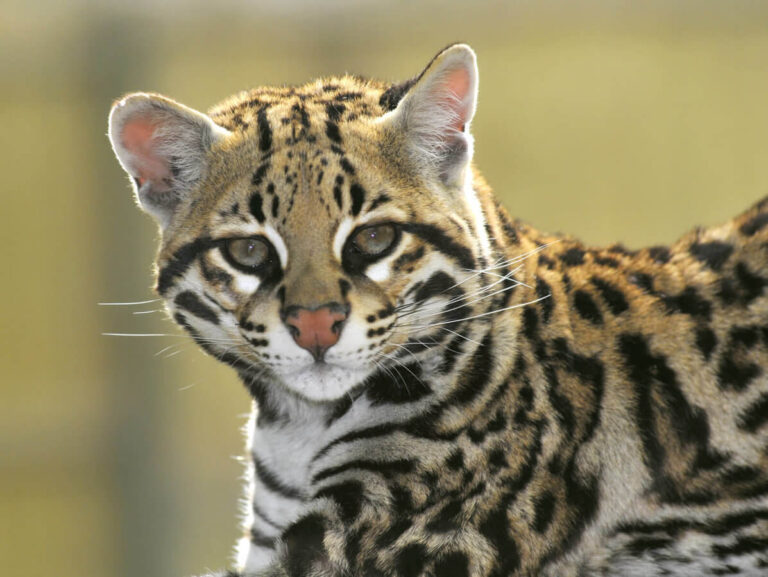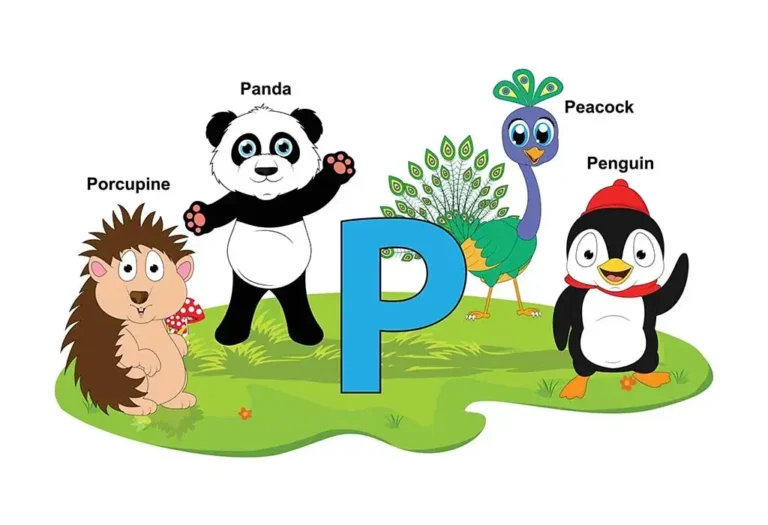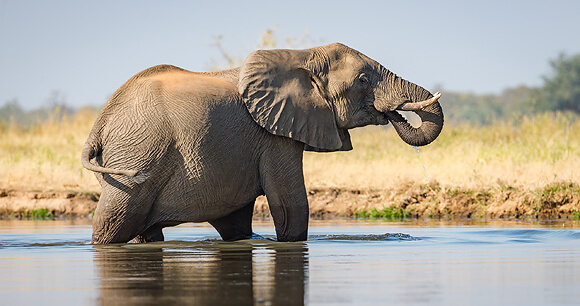Mongoose: Habitat, Behavior, Diet, Conservation & Interesting Facts
The mongoose is a fascinating creature with a rich evolutionary history, remarkable adaptability, and complex relationships with the environment and humans. In this comprehensive guide, we’ll delve into every aspect of the mongoose, from its scientific classification to its behavior, diet, reproduction, and more.
Contents
Scientific Classification
- Kingdom: Animalia
- Phylum: Chordata
- Class: Mammalia
- Order: Carnivora
- Family: Herpestidae
- Genus: Multiple genera, including Herpestes, Mungos, and Suricata
- Common Species: Indian grey mongoose (Herpestes edwardsii), Meerkat (Suricata suricatta), and Egyptian mongoose (Herpestes ichneumon)
The mongoose family includes over 30 species, varying in size, habitat, and behaviors. These small carnivorous mammals are primarily found in Africa and southern Asia, though some species have been introduced to other parts of the world.
Physical Characteristics

Mongooses are relatively small mammals with elongated bodies, short legs, and bushy tails. While their size varies significantly across species, most mongooses measure 10 to 24 inches (25 to 60 cm) in length, not including the tail, which can add another 6 to 18 inches (15 to 45 cm).
Notable Physical Traits:
- Fur: Generally coarse and gray or brown, though some species, like meerkats, have distinctive markings or color patterns.
- Claws: Sharp, non-retractable claws that are perfect for digging and climbing.
- Ears and Eyes: Mongooses have rounded ears and sharp, keen eyes that help them spot prey and predators.
Interestingly, some mongoose species possess partial immunity to venom, allowing them to hunt venomous snakes like cobras.
Habitat
Mongooses inhabit a wide range of environments, including:
- Savannas
- Forests
- Grasslands
- Scrublands
- Semi-deserts
While many mongoose species are terrestrial, some, like the Indian grey mongoose, are arboreal and capable climbers. Others, like the dwarf mongoose (Helogale parvula), prefer living in burrows. Their adaptability allows them to thrive in wild areas and human-modified landscapes such as agricultural fields.
Behavior

Mongooses are typically diurnal creatures, active during the day and resting at night. They are known for their highly social behavior, particularly species like the meerkat, which live in large groups called mobs or gangs.
Communication:
Mongooses are vocal creatures that communicate through various sounds, from barks and growls to purrs. Meerkats, for example, use different vocalizations for multiple purposes, such as alerting others to predators or indicating food has been found.
Defensive Behavior:
Many mongoose species are known for their agility and fearlessness, especially in their interactions with snakes. Their quick reflexes and group defense strategies allow them to fend off larger predators effectively.
Diet
Mongooses are primarily carnivorous, although some species have omnivorous tendencies. Their diet consists of:
- Small mammals
- Birds
- Reptiles (including snakes)
- Insects
- Crustaceans
- Fruits (in some species)
The Indian grey mongoose, for example, is famous for hunting venomous snakes, though it also feeds on insects, eggs, and small mammals.
Reproduction
Mongoose breeding habits vary across species, but most mongooses tend to have 2 to 4 offspring per litter after a gestation period of 42 to 70 days, depending on the species. Mongoose young are born blind and helpless, relying on their mother (and sometimes the larger social group) for protection and nourishment.
Some species, like the dwarf mongoose, exhibit cooperative breeding behavior, where other group members assist in caring for the young.
Predators
Despite their fierce nature, mongooses have their predators to contend with. These include:
- Large Birds of Prey (eagles, hawks, and owls)
- Big Cats (leopards and lions)
- Snakes (significantly more giant pythons)
Their primary defence mechanisms include speed, burrowing, and, in the case of some species, the ability to fight in coordinated groups.
Conservation Status
The conservation status of mongooses varies by species. While many mongoose populations are stable, some are threatened by habitat loss, hunting, and other environmental pressures. For example, the Liberian mongoose (Liberiictis kuhni) is classified as Vulnerable due to deforestation in its native range.
However, some mongoose species are considered invasive in areas where they have been introduced. In places like Hawaii and the Caribbean, mongooses were brought in to control rodent populations, but they instead preyed on native birds and reptiles, causing ecological imbalance.
Interesting Facts
- Partial Immunity to Venom: Some mongooses can withstand doses of snake venom that would be fatal to other animals. This is due to a combination of quick reflexes and acetylcholine receptors that make them less affected by neurotoxins.
- Meerkat “Sentries”: Meerkats take turns standing as lookouts while the rest of the group forages, ensuring the safety of their mob from predators like birds of prey.
- Human Associations: In Indian culture, the mongoose has long been regarded as a symbol of protection, particularly for its snake-fighting abilities.
Evolutionary History
The mongoose family (Herpestidae) is part of the order Carnivora, sharing a common ancestor with civets and hyenas. Over millions of years, mongooses have adapted to various habitats, resulting in their present-day diversity. The genus Herpestes, to which most well-known mongooses belong, likely evolved around 20 million years ago.
Fossil records indicate that mongooses have existed in Africa for millions of years, gradually spreading to other parts of the world due to natural dispersal and human introductions.
Relationship with Humans
Mongooses have a complicated relationship with humans. In some cultures, they are revered for their ability to protect households from snakes, while in others, they are seen as pests. For instance, introducing mongooses to non-native environments has led to the decimation of local wildlife, leading to conflict between mongooses and conservationists.
Mongooses are sometimes kept as pets in rural parts of India and Africa for their snake-fighting abilities. However, in many regions, they are also hunted for their fur, and there are ongoing efforts to balance mongoose populations in areas where they are invasive.
Conclusion
The mongoose is a remarkable creature known for its agility, intelligence, and ability to adapt to various environments. From its snake-fighting prowess to its social structure and fascinating evolutionary history, mongooses continue to capture the curiosity
of scientists and nature enthusiasts alike. While they thrive in many parts of the world, their impact on ecosystems remains a topic of study and concern, especially as an invasive species. As our understanding of these animals grows, so does the importance of conserving both their native habitats and the delicate balance they maintain within them.
- Golden Retriever Pros and Cons: What Every Pet Parent Should Know - 15 September 2025
- Cane Corso Dog Breed: Health, Care, and Lifespan - 14 September 2025
- Catahoula Leopard Dogs: Description, Temperament, Lifespan, & Facts - 21 July 2025







